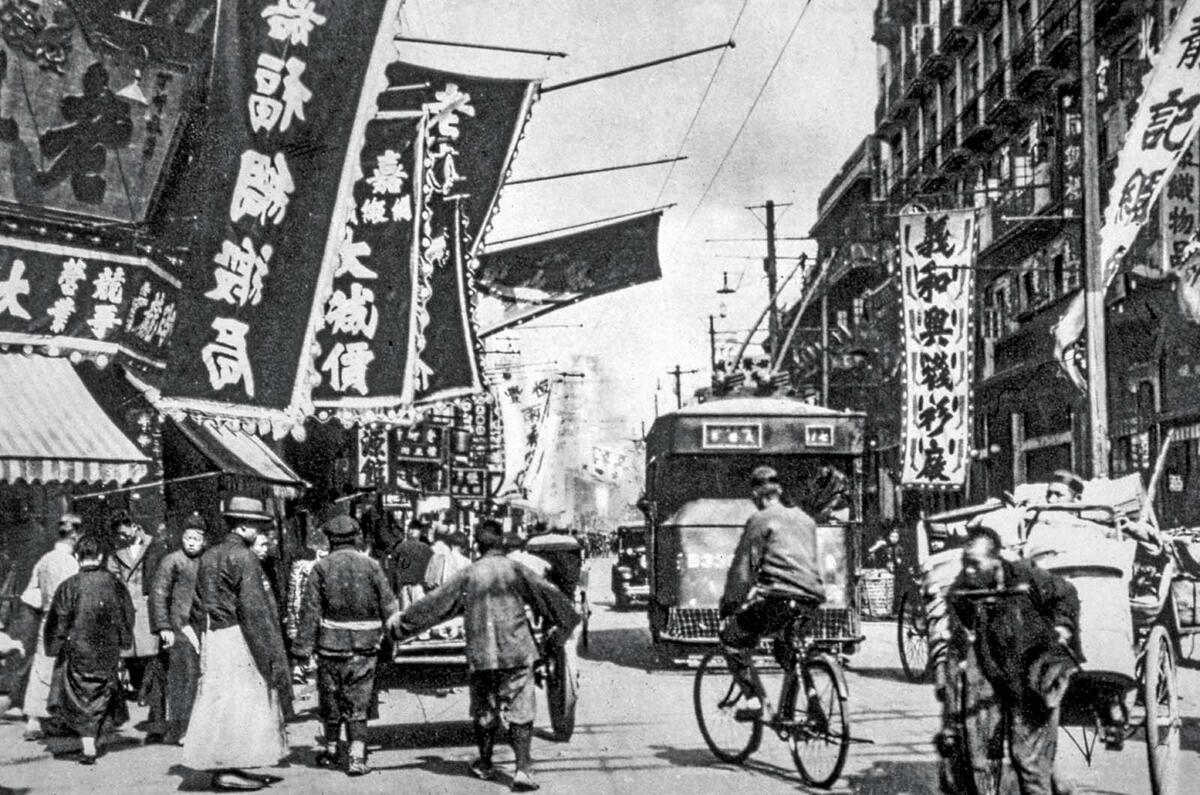There isn't a country on Earth without a significant automotive population, despite the car being a recent invention.
Today, there are 1.5 billion globally. A century ago, there were just 0.017 billion – almost 90% of them in the US.
As such, the 1924 observations of Edward Reeve, having toured the world as a consultant after a distinguished engineering career at Wolseley, are truly fascinating.
“In Syria [then French], Egypt and Palestine [British], the car is making great headway in replacing the multifarious transportation methods. In Jerusalem, although motoring is still in its infancy, many trade opportunities occur.
Autocar Archive returns: 128 years of magazines available online
“In Cairo, Africa’s largest city, with nearly one million people, there are many possibilities. The roads are first class and cars are plentiful.” Today, congested Cairo has a population of 22 million.
Reeve went on: “I’m enthusiastic regarding commercial possibilities in [imperial] India and no British industry has greater opportunities than [cars]. In Delhi, many roads are now excellent and, with new ones being constructed or old ones improved, demand must rapidly increase.

"In Agra, one is amazed at the variety of transportation. Many of these methods will sooner or later be entirely superseded.” India now has 3.9 million miles of road for 320 million vehicles.
“Not a great deal of alteration in design is necessary to some British models to make them eminently suitable for Ceylon [now Sri Lanka], but it is of paramount importance that such alterations [like a 4ft 8in track] should be made. Too often we find local conditions ignored.






Add your comment